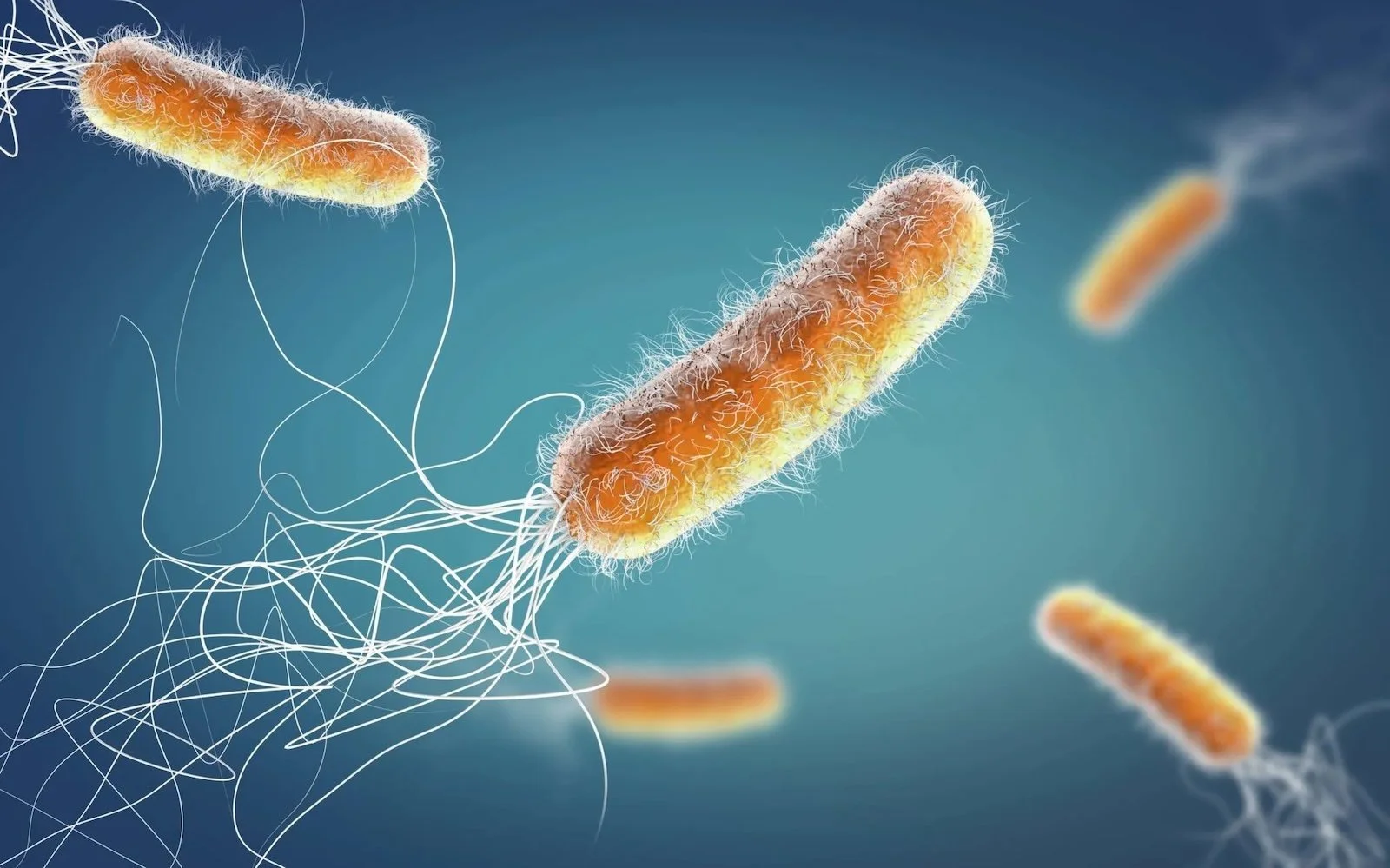Pseudomonas Overgrowth: Symptoms and Holistic Treatment
Pseudomonas aeruginosa is a bacterium commonly found in various environments, including soil, water, and even the human gut. While Pseudomonas species are not considered a dominant member of a healthy gut microbiome, studies suggest that it can sometimes be detected in small amounts in the intestines. However, its presence in the gut is not beneficial, and when it overgrows, it can contribute to digestive distress, gut inflammation, and even systemic infections in vulnerable individuals.
Understanding Pseudomonas Overgrowth
P. Aeruginosa is known for its antibiotic resistance, biofilm and histamine production in the gut.
It is often found in individuals with low stomach acid, gluten sensitivity, and existing gut imbalances like SIBO or IBS. Because Pseudomonas is a gram-negative bacterium, it has a strong lipopolysaccharide (LPS) outer membrane, which can trigger immune system activation and chronic inflammation when overgrown. Understanding how to detect and manage this bacterium is key to restoring gut health and preventing long-term complications.
Important note
It’s essential to recognize that gut health isn’t determined by the presence or absence of a single bacterial strain or specie, but rather by the overall balance of the ecosystem. When assessing gut health, it’s crucial to consider the entire microbial community rather than focusing solely on one species.
Symptoms Associated with Pseudomonas
An overabundance of Pseudomonas aeruginosa in the gut can manifest through various symptoms, primarily affecting the digestive system. It has been linked to persistent diarrhea, colitis (inflammation of the colon), and increased intestinal permeability (leaky gut). Additional symptoms can include bloating, gas, and abdominal discomfort. These manifestations result from the bacterium’s potential to cause severe inflammation within the gastrointestinal tract.
Contributing Factors
Pseudomonas aeruginosa is often found in individuals with low stomach acid, gluten sensitivity, and existing gut imbalances like SIBO or IBS. This is because these factors can predispose individuals to Pseudomonas overgrowth:
• Low Stomach Acid (Hypochlorhydria): Adequate stomach acid serves as a barrier against pathogenic bacteria. Reduced acid levels can allow opportunistic bacteria like Pseudomonas to thrive.
• Gluten Sensitivity: There’s a notable association between Pseudomonas overgrowth and gluten sensitivity. The bacterium can modify gluten molecules, making them more challenging to digest and potentially exacerbating symptoms in sensitive individuals.
• Co-infections: Conditions such as Small Intestinal Bacterial Overgrowth (SIBO) and Irritable Bowel Syndrome (IBS) often coexist with Pseudomonas overgrowth.
Holistic Approaches to treat Pseudomonas
Addressing Pseudomonas overgrowth involves a comprehensive strategy:
1. Enhancing Digestive Function
Supporting stomach acid production can deter bacterial overgrowth. Supplementation with betaine HCL and pepsin may aid in restoring optimal acid levels. To test your levels at home, use the baking soda test.
2. Dietary Interventions
Adopting an anti-inflammatory diet, removing gluten and incorporating select probiotic foods can help alleviate symptoms.
3. Probiotic Supplementation
Introducing beneficial bacteria, particularly strains like Lactobacillus rhamnosus, L. acidophilus, L. plantarum, and L. salivarius, can help rebalance the gut microbiome. These probiotics can reduce inflammatory activity and inhibit pathogenic bacteria, effectively out competing and “pushing out” the bad guys.
4. Targeted Antimicrobials
Natural agents such as berberine, oregano oil, cinnamon oil and allicin possess antimicrobial properties that can address pseudomonas bacterial overgrowth. However, it’s essential to approach antimicrobial therapy cautiously to maintain microbial balance.
5. Enzyme Supplementation
Pseudomonas overgrowth can disrupt the small intestinal lining, affecting brush border enzymes crucial for nutrient absorption. Supplementing with these specific enzymes can support digestion and alleviate malabsorption issues.
Maintaining gut health requires a holistic perspective, considering the entire microbial ecosystem rather than focusing on individual strains. By understanding the contributing factors and implementing comprehensive management strategies, we can work towards restoring balance and promoting optimal digestive health.
🧡 Found this information useful? You can buy me a coffee / leave me a tip to support my work. 🧡

